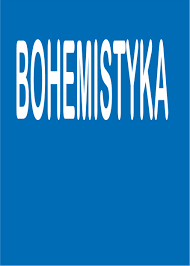Konceptualizacja GNIEWU na przykładzie ŻÓŁCI w języku czeskim i polskim
Conceptualization of ANGER on the example of BILE in Czech and Polish
Author(s): Lubomir HamplSubject(s): Theoretical Linguistics, Comparative Linguistics, Cognitive linguistics, Western Slavic Languages, Cognitive Psychology, Phraseology
Published by: Uniwersytet Adama Mickiewicza
Keywords: bile; conceptualisation; linguistic worldview; emotions and feelings; anger; metaphor and phraseology;
Summary/Abstract: The analysis showed that from the linguistic point of view, the name bile, Polish żółć, Czech žluč is one of the basic determinants of feelings, focusing especially on the conceptualized ‘anger’, but also on ‘irritation’, ‘rage’, ‘wrath’, ‘indignation’, ‘nervousness’, ‘madness’ and ‘fury’. The cognitive concept was presented that the feeling of anger is understood as a certain process that begins at a certain moment, then develops and then ends. This process is influenced by temperature and pressure. After the outbreak, you no longer control your feelings. All these steps are referenced using the appropriate verbs in the text. Three important statements have been proven that: the experiencer's body is a container for the physiological effects of anger; that the conceptualization of feelings is related to the embodiment of thought, and that we think and speak with metaphors, which are linguistic concepts. The conducted analysis showed that the Czech stock of broadly understood phraseological relations with the lexical component bile Polish żółć, Czech žluč shows numerous similarities and similarities with the Polish language (due to the typologically and genetically close linguistic affinities), although there are few exceptions to this rule.
Journal: Bohemistyka
- Issue Year: XXII/2022
- Issue No: 1
- Page Range: 56-72
- Page Count: 17
- Language: Polish

